Keeping data for the long term means more than just keeping them. Conventional paper breaks down, permanent magnet tape deteriorates, glass photography negatives reduce — archivists and conservators have to apply special treatments to prevent this out of happening. And have to file (with photos, for example) the procedure process thus future archivists can understand what was carried out and as to why.
A policy describing how and where to view records, what fees can be charged to make copies, and whether requesters need identification or authorization from an authorized representative also can help. It must be easy to read and available in the same locations exactly where records will be kept. It has the vital that you have an idea for managing requests manufactured via email, text or social media, also.
Strict fidelity to record preservation schedules really helps to minimize the amount of time that staff spends looking for old documents to fulfill OPRA or common law get requests. And it reduces the likelihood of wrecking or getting rid of public records ahead of their legitimately mandated end-of-life.
The Bureau of Details Management spots all data on reports retention schedules, which list the minimum legal and fiscal time periods they must become retained simply by governmental organizations. Working carefully with staff from the records-creating agency, a records administrator determines these types of retention times in accordance with talk about laws and regulations, and federal computer codes, statutes, and statutes of limitation. This specific record routine applies my sources to state businesses, local government office buildings, and community and technical colleges.
